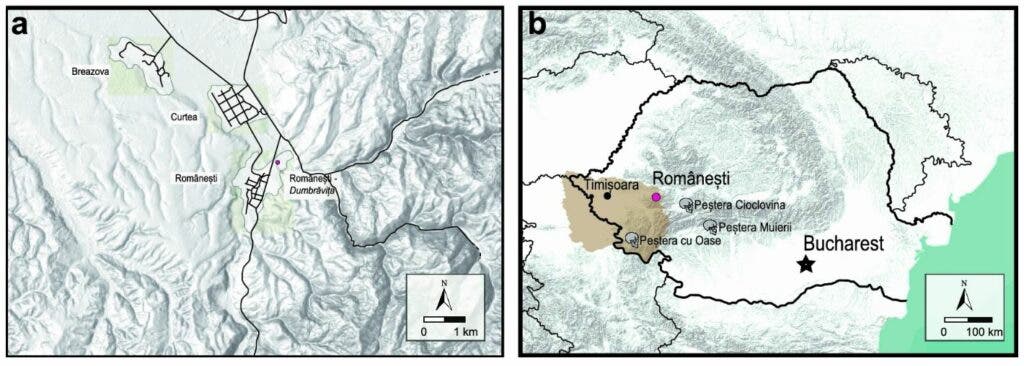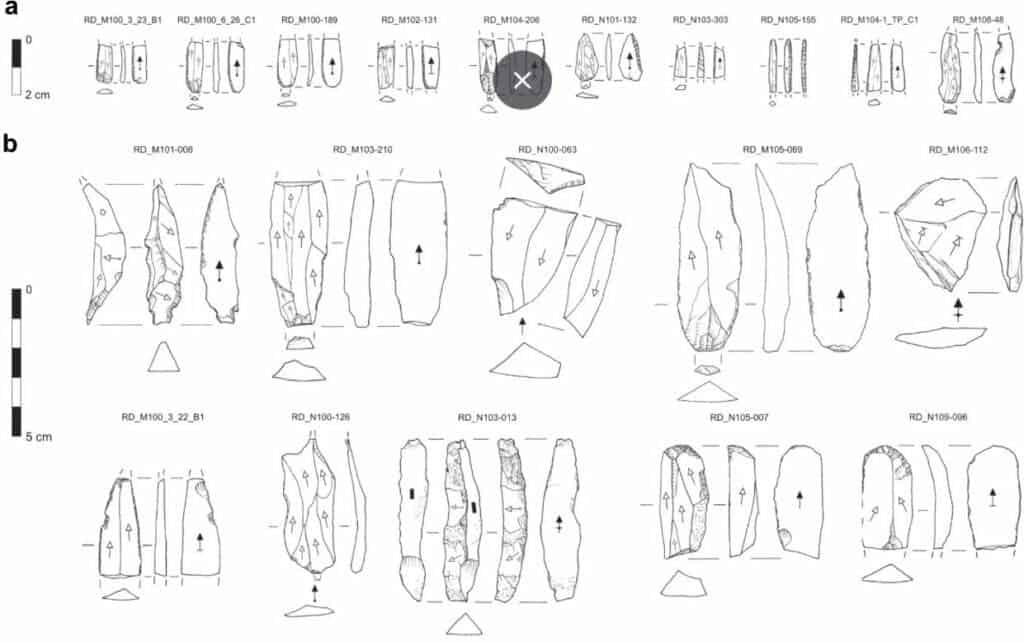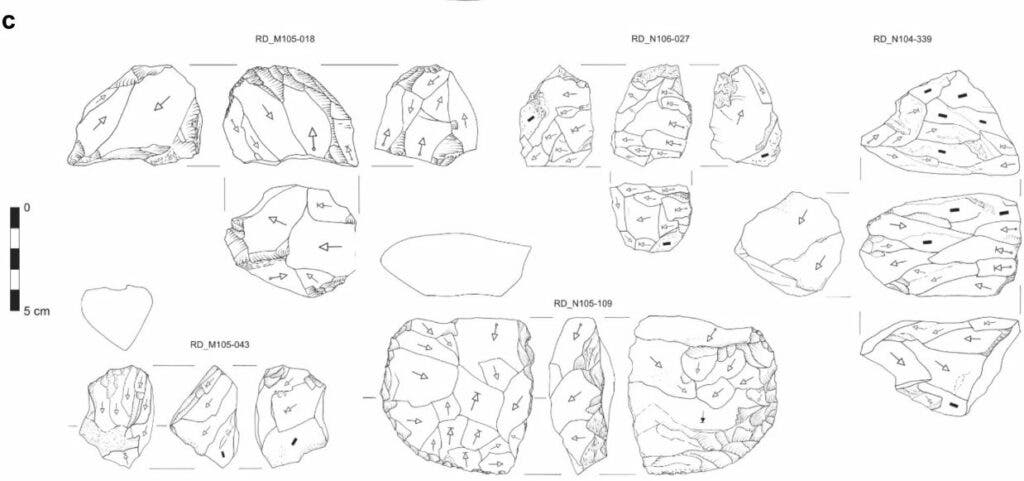Excavations in Romania, a country in southeastern Europe, are helping researchers better understand how modern humans adapted to their early days of life in Europe.

Although it’s been long known as the “Old World”, Europe is not, in fact, the birthplace of humanity. To the best of our knowledge, modern humans emerged in today’s Africa and from there, migrated across the planet. The European peninsula at the time was populated by the larger, beefier Neanderthals — genetic traces of which can still be found in the DNA of Europeans, in various proportions, to this day.
The first modern humans to arrive on the European peninsula probably had their hands full, then, trying to contend with the Neanderthal tribes while adapting to the much more different climate and ecosystems of the peninsula.
Excavations carried out at the site of Româneşti (pronounced ‘Ro-mahn-eshti’) in the Timiș county of Western Romania is helping us understand just how they fared during this time. The site is one of the most important sites of its kind in all of southeastern Europe being heavily associated with early Homo sapiens habitation on the peninsula.
Brave new frontier
Excavations at this site revealed thousands of different artifacts and evidence of onsite fire use. As some of the artifacts found here were traced to people migrating from over 300 km away, the team is confident that the Româneşti site was an important place for early Homo sapiens in Europe, and was repeatedly returned to.
Three different Paleolithic assemblages (i.e. groups of Stone-age artifacts) were uncovered at the site within a 1-m-thick plot of wind-deposited sediments. The items discovered consisted of stone tools, mainly “blades and bladelets or just bladelets on narrow longitudinal faces with frontal knapping, or on broad longitudinal faces with semi-circumferential knapping”. Knapping is the process through which rocks such as flint, chert, or obsidian are fashioned into blades by striking them repeatedly with rounded stones.

These were analyzed using spatial, geochemical, and techno-typological (dating by direct comparison) means, and the team also investigated the raw materials and signs of use-wear on the items. This step was meant to help them understand both the time when these tools were created — as each stone-age culture employed their own styles of material processing, resulting in different finished tools — as well as where the raw materials for them were obtained. This would then allow the team to track the relative movements of the groups that visited the site.
Southeastern Europe was a hotbed of early Homo sapiens activity, as it is very likely that our species first entered Europe through the Balkan Peninsula, the area north of modern Greece and west of Turkey. This view is supported by the fact that many very early Homo sapiens fossils have been found in this corner of Europe.

But although fossils of the people themselves are plentiful here, they are not often found together with cultural remains. As such, understanding the findings at Româneşti would give us a very exciting glimpse into how these early humans adapted to the new environments they were moving into.
The artifacts discovered at the site show markers of high standardization, the team explains. These suggest that the bladelets here were most likely shaped in what could be considered a repeated, mass-production process, and were thus probably meant for disposable uses such as inserts for arrows or throwing spears. A few of the artifacts at the site are grindstones of “peculiar shape”, which were most likely employed to straighten wooden shafts. This further supports the idea that the people at Româneşti were producing a great number of projectiles.
Microscopic analysis of these artifacts, however, showed that the vast majority of them were never actually used. This points to the site acting more like a production and storage facility for tools, weapons, and ammunition that was later transported offsite.
“The new excavations from Româneşti contribute to our understanding of the earliest Homo sapiens in Europe by delivering the largest, well-contextualized Aurignacian lithic assemblage in East-Central Europe within a multi-layered site,” the team explains in their paper’s conclusions.
Although there is much we don’t yet understand about the first migration of modern humans into Europe, the site does help showcase the surprising sophistication of these peoples. It also highlights the large (for the time) logistical base that they could draw on, and puts a new perspective on their competition with the local Neanderthals, which they eventually drove to extinction.
The team’s next step will focus on these latter subjects, trying to shed more light on the relationship between these early Homo sapiens and Neandertals. Although we do know that the two groups were interbreeding by this time, we have no evidence of what this meant for their mutual lifestyles or cultures.
The paper “Aurignacian dynamics in Southeastern Europe based on spatial analysis, sediment geochemistry, raw materials, lithic analysis, and use-wear from Românești-Dumbrăvița” has been published in the journal Nature.


